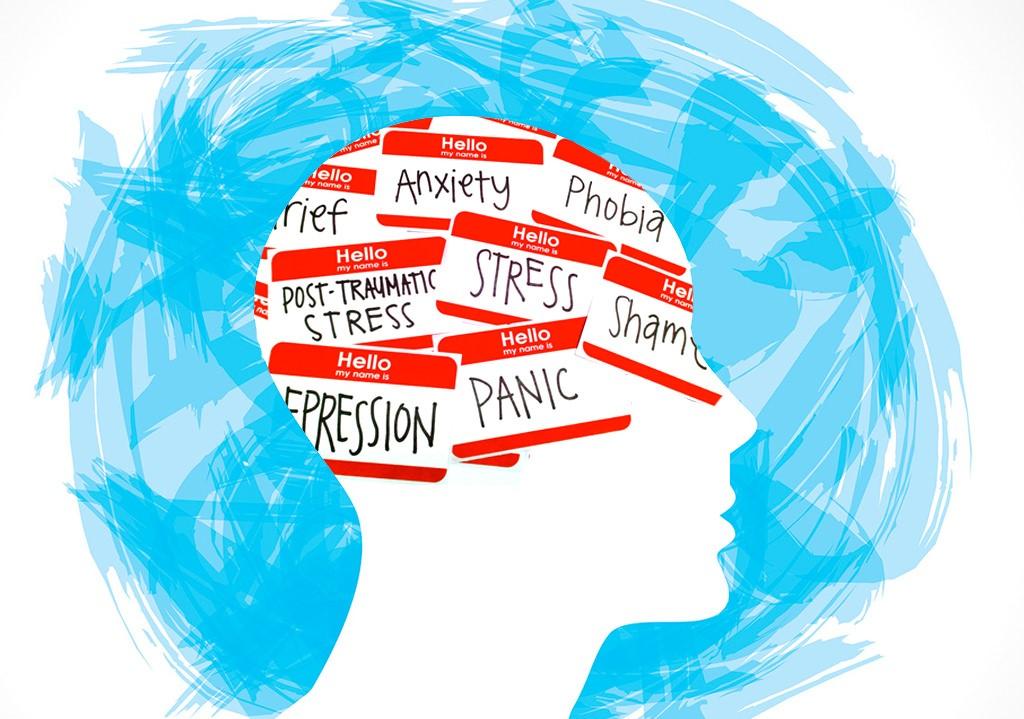Mental Retardation:
Mental retardation is a developmental disability that first appears in children under the age of 18. It includes below-average intellectual function and lack of skills necessary for daily living. Some of the behavioural traits are aggression, dependency, self-injury, stubbornness etc.

Facts:
- Often abandoned by families.
- Different levels, some need help in even doing daily chores.
- Persons with a mental illness need personal attention, security and psychological care which can be provided in:
- Homes
- Community facilities
- Well regulated, small sized psychiatric hospitals
- 3% of India’s population i.e. ~40 million people, suffer from Severe Mental Disorders
Steps Taken:
The Mental illness is the most neglected and tabooed aspect of Indian health care system. To address the burden of mental disorders, the Government of India has undertaken the following steps:
- National Mental Health Programme (NMHP) is under implementation since 1982.
- District Mental Health Programme (DMHP) is under implementation in 517 districts of the country for detection, management and treatment of mental disorders/ illness.
- Funds are provided to each district under the DMHP for sensitization training of Community Health Workers and elected representatives of the community at District Hospital/ Community Health Centre for awareness generation regarding early signs and community health-seeking behaviour for mental illness.
- The Mental Healthcare Act, 2017 provides that the appropriate Government shall take all measures to ensure that the Government Officials including police officers and other officers of the Government are given periodic sensitization and awareness training.
- Three Central Mental Health Institutions namely National Institute of Mental Health and Neuro Sciences, Bangalore, Lokopriya Gopinath Bordoloi Regional Institute of Mental Health, Tezpur and Central Institute of Psychiatry, Ranchi have been strengthened for augmenting the human resources in the areas of mental health and to provide quality mental health services in the country.
- To increase the number of qualified mental health professionals in the country, the Government, under the NMHP, is implementing manpower development schemes for the establishment of Centres of Excellence and strengthening/ establishment of Post Graduate (PG) Departments in mental health specialities.
The Ministry of Health and Family Welfare is regularly reviewing and monitoring the functioning of the three Central Mental Health Institutions and the Institutions supported under manpower development schemes of NMHP.
National Mental Health Policy:
- Echoes a set of fine values such as equity and justice, integrated care, participatory and rights based approaches, good governance and effective delivery
- Bridging the treatment gap by promoting access to clinical and social care, the needs of vulnerable groups and challenges around institutional and long term care have also been identified as key areas of focus.
Social stigma remains an obstacle to helping Indians cope with mental health illness. In this backdrop how does the new mental health policy seek to reach out to people with mental disabilities? (200 Words)
The disabled are rendered disabled not because they are biologically disabled but
because society rendered them so. Even the recognition of disability is absent from the wider educational discourse. In this context, the announcement of a new policy on Mental Health comes as a progressive step in recognizing a comprehensive and coordinated response from the community as a whole.
The new policy seeks to promote mental health, enable recovery from the illness, promote de-stigmatization and ensure their participation in socio-economic matters by providing accessible, affordable and quality health care within a right based framework.
Some of the objectives include:
- Increase access to mental health care especially the vulnerable section
- Reduce risk and incidence of suicide and attempt to suicide
- Ensure their rights are respected such as the right not to be institutionalized
- Enhancing financial allocation.
- “Mental Health Action Plan 365” which spells out specific roles for the Center, States, local bodies and civil society organisations
- Establishing more central institutes to cater to the needs
- Admission of more students into branches of mental health education
However, despite the existence of a National Mental Health Program since 1982 there has been very little effort to provide mental health services, particularly in rural areas.
Some of the present concerns are:
- Prediction by WHO of about 20 percent mentally ill population in India by 2020
- Lack of psychiatrist
- Linkage between poverty and mental health